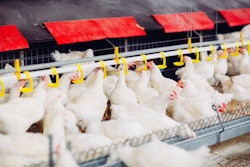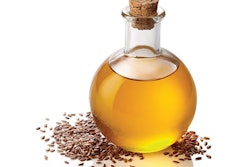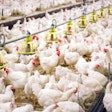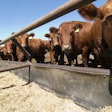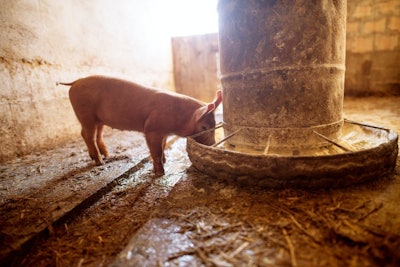
Find out about two ways to replace the ingredient, now banned as an additive in the EU
Despite the recent ban on zinc oxide as a pharmacological additive (not as a source of zinc, the nutrient), and the ample time given by the EU to adapt piglet formulas, there is still considerable confusion as to how to replace this invaluable ingredient. Here, I will offer two ways of doing so: one based on our own products, and the other based on general practices.
- In our products, we have stopped using zinc oxide since 2012. We did so because zinc oxide had been banned and re-allowed under restrictions in the EU long before. So, we decided to prepare for the inevitable complete ban. To this end, we tested a blend of additives that include organic acids, probiotics, prebiotics and copper sulfate. Of course, we do not use the above all together in all products, but we decide based on cost, market preferences, and above all whether products are sold as private label or direct to farms.
- The above do not fall far from general practice. It is rather the brands of different products that differentiate various products. In the above list, I would add different forms of zinc oxide (not the conventional one), but the limits set by EU are too narrow to allow such use. Even for copper sulfate, we verge on the insignificant level in terms of gut health control. In addition, formulas without zinc oxide can benefit from any additive or feed formulation change that aids gut health, including but not limited to fiber products, phytogenics, enzymes, specific fatty acids, and a plethora of other additives. The secret is finding the right combination at the right cost.
It is easier when one formulates for a specific farm compared with commercial products. For example, when we just made a new line of piglet feed concentrate for a specific client, we happened to know him and his farm personally. We knew the high level of attention, health status and even the facilities. Thus, we were able to make a relatively inexpensive product that would otherwise require more safety measures included for unknown conditions. In the end, there are many ways to replace zinc oxide, and it does not always have to be more expensive.


